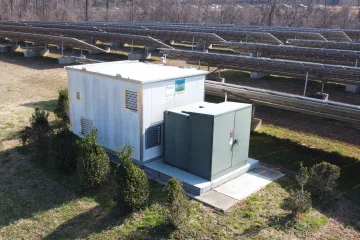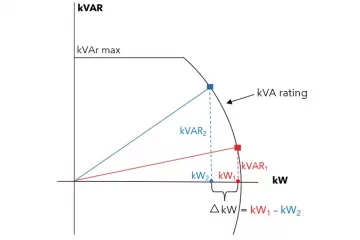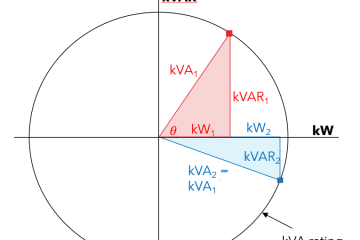The latest revision of IEEE 1547TM-2018 – IEEE Standard for Interconnection and Interoperability of Distributed Energy Resources with Associated Electric Power Interfaces turns five years old this year. Many Solar PV developers and engineers that are just entering the industry aren’t familiar with the standard’s background and the requirements that it imposes on DER (Distributed Energy Resources), if the standard is adopted by their local authority that governs interconnections.
The standard’s importance is through the standardization of requirements by which DER, including Solar PV and Battery Energy Storage, can interconnect to distribution systems. As the country’s penetration of renewable generation and storage increases, the standard’s requirements will increase the amount of renewable generation and storage that can be accommodated on distribution systems. The standard’s requirements will also ensure that distribution-connectedDERs contribute to the preservation of bulk power system stability and reliability.
Solar PV engineers and developers need to be aware of the standard’s impacts. Some of the most notable impacts include:
Inverter Certification and DER Evaluation/Commissioning Requirements – The standard, along with UL 1741 3rd Edition, specifies requirements for testing, evaluation, and commissioning of distribution-connected DER.
Limitations of Overvoltage Contributions – DER can be a contributor to system over-voltages during certain conditions such as unintentional islanding, and the standard contains requirements for DER performance relative to over-voltages.
Mandatory Trip and Ride-Through Settings – The higher penetrations of DER are increasingly impacting distribution and bulk power system performance, and mandatory trip and ride-through performance during abnormal operating conditions will be increasingly important.
Communications Interface Requirements – The standard contains requirements for a DER communications interface, that can give utility system operators increased system awareness and controllability, and will allow DER, with all likelihood, to provide market-based services to wholesale and retail markets.
Volt-Watt and Frequency Droop – These two functions can provide system benefits, by reducing real power output during abnormal conditions, but do have the potential to impact Solar PV output and corresponding revenues.
For successful projects in renewables that interconnect to distribution systems, it takes a knowledge of interconnection requirements and practices, as well as utility distribution engineering and operations. Knowledge of IEEE 1547-2018 goes a long way in providing this.
Tim Taylor is the founder of Electric Distribution Academy, and all his courses are hosted exclusively on HeatSpring. Tim is the instructor for “Interconnection of Utility-Scale Solar PV to Distribution” and the upcoming “Understanding IEEE 1547-2018 – Interconnection Standard for DER on Distribution”, which you can sign up for now and is scheduled to go live at the end of February 2023.


